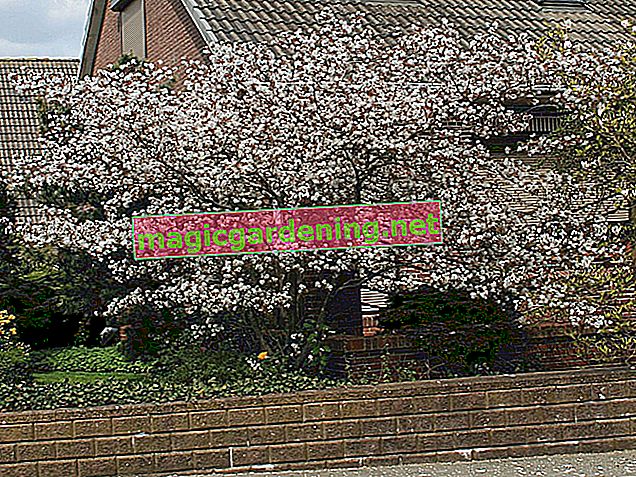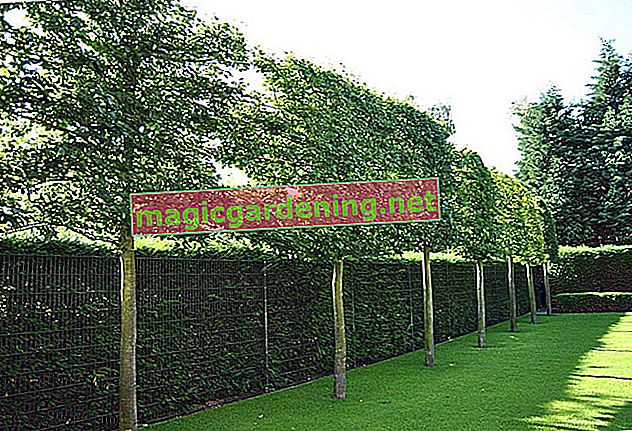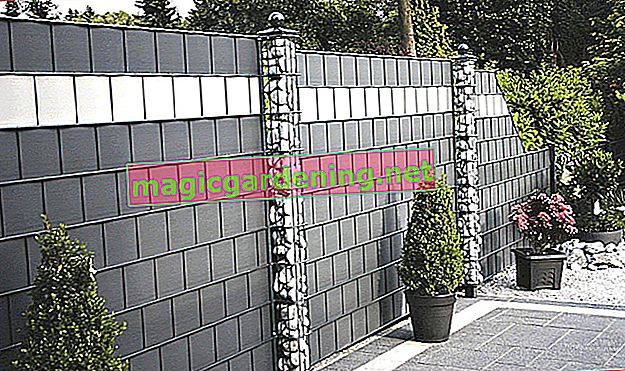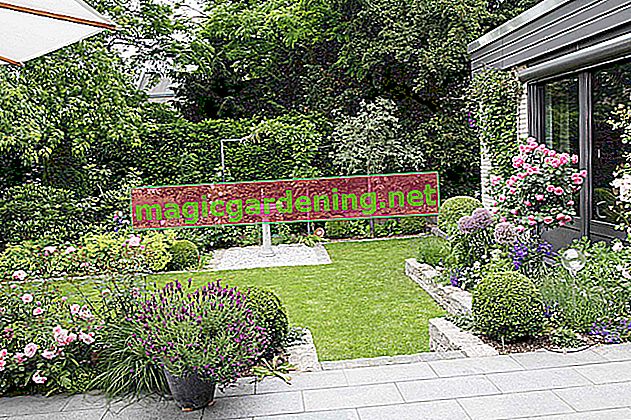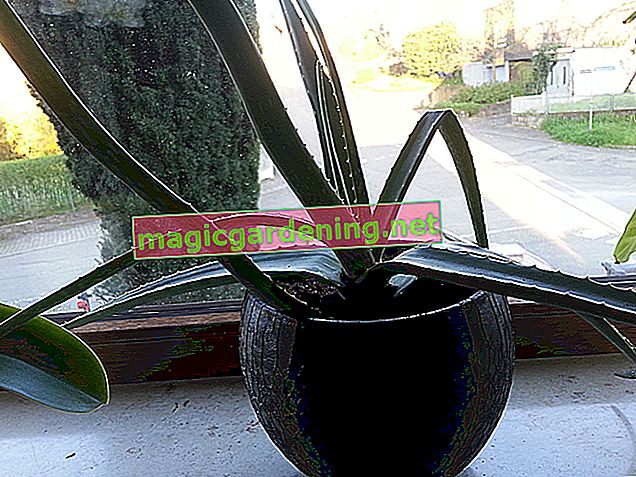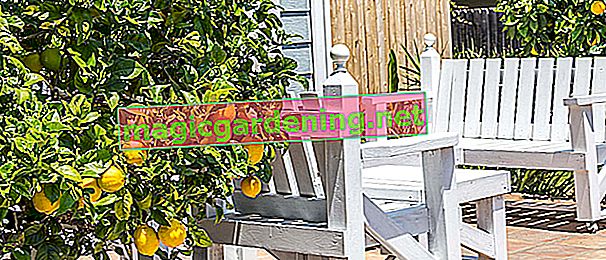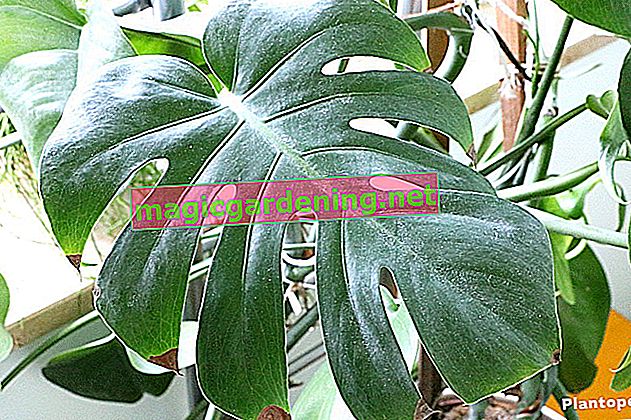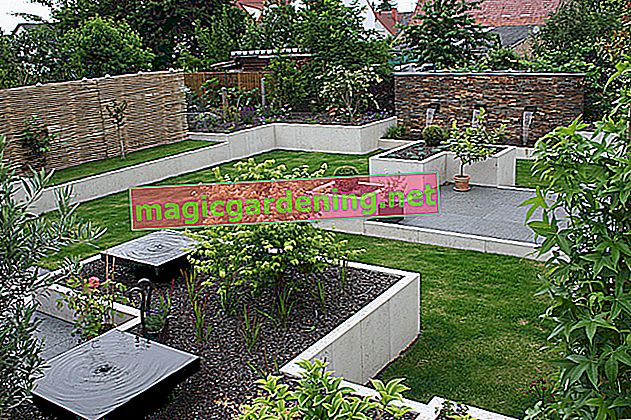
The most beautiful shapes for the book
Basically, box is suitable for every imaginable shape, as long as you don't cut into the bare, brown wood. Simply remove the light green, new shoots and do not cut too deep - otherwise, unsightly holes could arise that are difficult to close again. The following shapes are particularly popular for the boxwood:
- Ball: classic boxwood shape, best to use a template
- Pyramid: fits well in formal gardens, also for Japanese garden style
- Cubes, cubes and other rectangular shapes: for formal gardens, also pretty as a small tree with a trunk
- Spiral: sophisticated, exciting shape
- Cones: nice as small or large cones
- Column: instead of columns made of wood or stone
- Animal figures: sometimes look more sophisticated than they are; a peacock is quite straightforward to cut
- Chess pieces: a real eye-catcher in the front yard
- Imaginative hedges: beautiful garden pictures can be created from dense box hedges
also read
- Tips and tricks for a successful topiary on boxwood
- How to cut a boxwood into a ball - instructions and tips
- Build your own flower bed - the most beautiful ideas
The latter in particular is known from the baroque gardens of the 15th and 16th centuries: low, curved hedges result in a wide variety of shapes and patterns when you look down on them from above. After all, who says that a hedge must always be strictly straight?
Integration into the garden design
Whichever shape you choose, it is relevant that it fits harmoniously into the respective garden style. In a wild natural garden, for example, an avenue of low box trees with a square-cut crown might look a bit out of place. To check the effect before pruning, it is best to draw a plan of your garden and also think about how you will insert the cut book. Should this stand as a single eye-catcher in the middle of a lawn or do you want to form a whole avenue of beech trees along the main path, which is also inserted into a floor-covering flower landscape?
Frequent pruning keeps the shape
Note that you will need to regularly trim the book figures to keep them in shape. Basically, at least two prunings per vegetation period are compulsory, with the shape pruning taking place between mid-May and mid-June, whereas the maintenance pruning must be carried out by mid-August at the latest. If necessary - for example with vigorous varieties - scissors can be used more often, provided that you keep a minimum of four weeks apart. In this case, the main pruning time is between April and September; boxwood is not pruned in winter.
Templates make cutting easier
If you already have experience in cutting box figures, you can often cut them freehand. Everyone else uses a template that makes topiary cutting practically a breeze. You can purchase a wide variety of stencils, but you can also make them yourself. The latter is useful, for example, for cutting geometric figures.
Tips
Frequent pruning also has the advantage that this book develops particularly dense branching.

